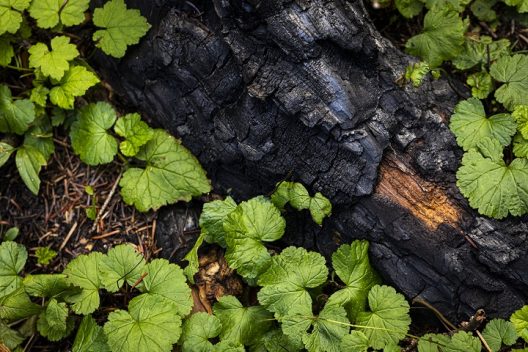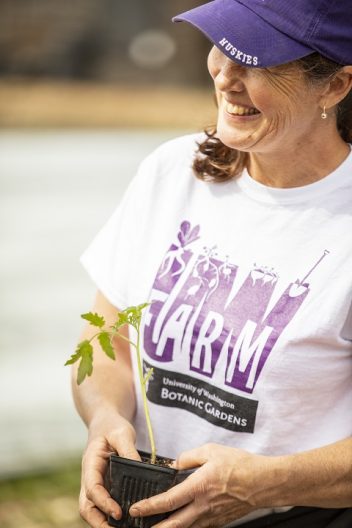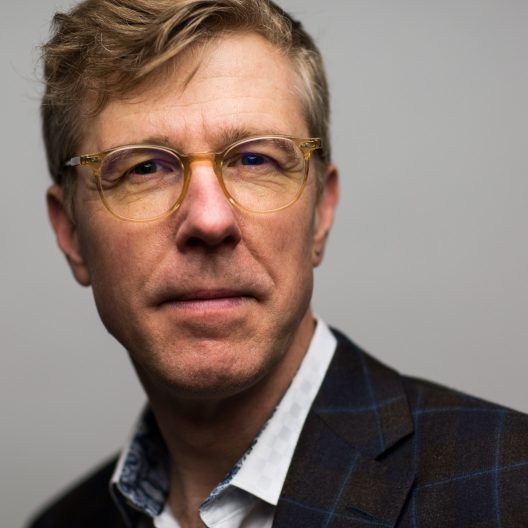
Despite increasing wildfire activity over the last few decades, contemporary fire years burn less than a quarter of the area burned on average historically. A recent study led by SEFS affiliate faculty members and Washington Department of Natural Resources forest ecologists Dan Donato and Josh Halofsky, and SEFS associate professor Brian Harvey, compared fire activity between 1985 and 2020 to historical fire amounts and severities. SEFS affiliate assistant professors Alina Cansler, Derek Churchill, and Ryan Haugo were co-authors on the paper, published in the journal Forest Ecology and Management.
Prior to the 20th century, the drier, inland forests of eastern Washington and Oregon experienced active fire regimes, both from lightning ignitions as well as Indigenous cultural burning practices. The frequent fire activity played an important role in the ecosystem, removing grasses, shrubs, small trees, and dead leaves that act as fuel for fires, and maintaining forest health by promoting fire-resilient species across the landscape. Fire suppression practices, which became common in the 1900s, dramatically lowered the amount of fire activity at all severity levels. Combined with other land-use impacts, the resulting denser, simpler makeup of modern forests is less resilient to climate change and ecological disturbances.
Now, the forests of eastern Washington and Oregon exist in a fire deficit, with less area burned in all severity types than occurred historically. The biggest deficits of area burned compared to historical rates are for low- and moderate-severity fire, but even high-severity area burned is below historical rates for most years in most forest zones.
Understanding the context of fire in this region may reframe how we view wildfire in relation to forest heath and re-evaluate what constitutes a ‘good’ or ‘bad’ wildfire year. Even in large wildfires, much of the area burned is likely contributing to forest restoration objectives. The “work” that low- to moderate-severity fire can do – thinning the forest to reduce stand densities to favor larger fire-resistant trees, and breaking up the homogenous, dense stands of modern forests – often aligns with the goals of restoration efforts on a larger and more effective scale.
“Often, fire years get cast as ‘bad’ mainly based on area. This analysis shows that that’s too simplistic, and maybe even just incorrect. On average, more than half of that fire is doing beneficial work of some kind,” said Donato.
Large wildfires carry clear risks and negative impacts to communities, such as loss of life and property, burning municipal watersheds, or affecting resources of value. But classifying fires based on area alone fails to recognize the benefits that can also occur. “It’s complex, because within the total area burned by wildfires there is a broad diversity of outcomes,” said Harvey. Small fire years lower certain risks but also further exacerbate the fire deficit, and consequently, lessen the landscape’s resilience. A more comprehensive method of assessing fire impacts, the authors suggest, would consider both the negative impacts and the “work” accomplished by wildfires.
The study highlights the need for restoring fire-dependent forests through a combination of forest thinning, prescribed burning, and managed wildfires. “Forest restoration is expensive and difficult. Managed wildfire, and the good work that some fires do, is a really important tool in the toolbox that can expand the area of our effective restoration treatment,” said Donato.

The study does not suggest a return to historical fire regimes, given the vast increases in infrastructure and human populations, but provides critical context for recent trends and future expectations in wildfire activity.
“This changes what our baseline expectations for a fire year should be. It’s useful to think about what this means for the additional impacts of fires as well, whether it be smoke or impacts on ecosystems and wildlife. Our baseline for all of those things, for our lifespans, is probably anomalously or artificially low,” said Harvey.
As annual area burned increases due to warming temperatures and increased drought, the relationship between high-severity and low- to moderate-severity wildfires may change in surprising ways, the authors noted. But harnessing the work of wildfire in appropriate places and under safe conditions, while minimizing negative impacts is an important mechanism for restoring resilient forests.












